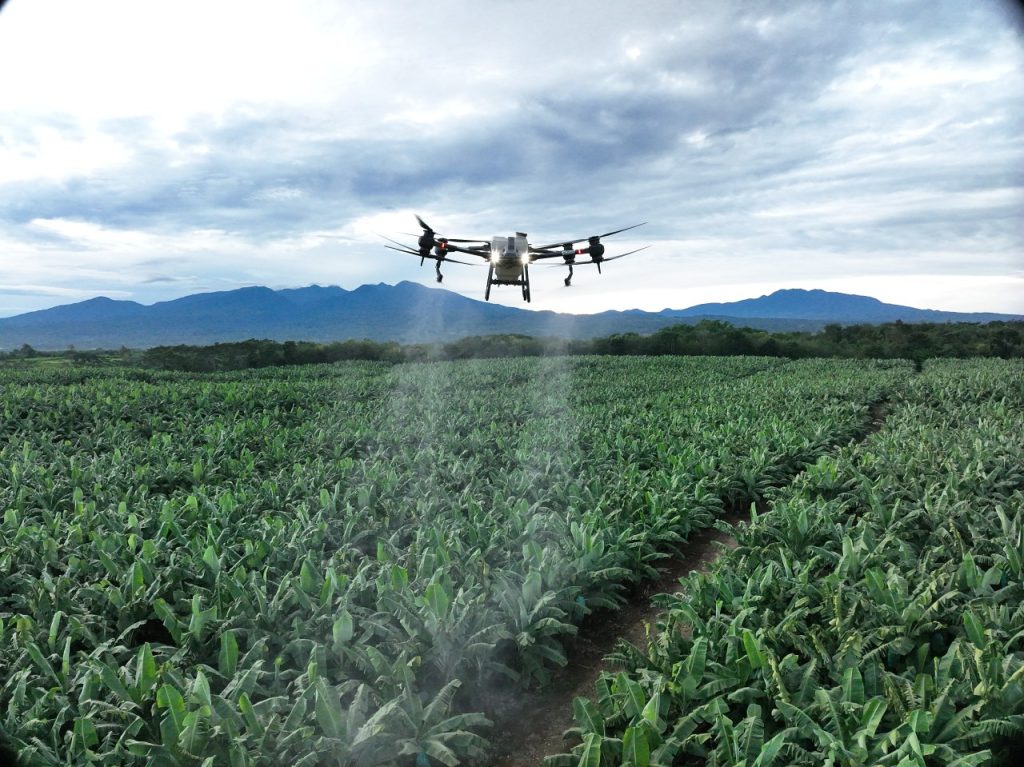New technology, old regulations; it’s the same struggle that paints several narratives in a country that strives to modernize its agriculture sector.
The Philippines is making commendable strides towards rice self-sufficiency. The recent projection of a 95-day rice stock by year’s end signifies the success of strategic planning and Filipino farmers’ resilience. However, this progress should not overshadow the lingering vulnerabilities that threaten our food security.
Beyond the 95-Day Horizon
While the current rice stock is a positive sign, it’s crucial to recognize its limitations. A 95-day supply remains vulnerable to external shocks. As a 2022 Carnegie Endowment analysis highlights, the Philippines is particularly susceptible to food price inflation due to factors like extreme weather events and global trade disruptions.
The Department of Agriculture (DA) itself acknowledges the ongoing challenges faced by the Philippine agricultural sector. These challenges include inadequate rural infrastructure, limited access to financing and technology, and a changing climate.
The Looming Shadow of Import Dependence
Even with the current progress, the Philippines still relies heavily on rice imports to meet its consumption needs. This dependence exposes the country to fluctuations in global rice prices and potential supply chain disruptions. A 2023 New Humanitarian analysis emphasizes the precarious situation of Filipino farmers caught between low profits and the threat of hunger, partly due to the reliance on imports.

The FPA’s Regulatory Roadblock to Progress
In this context, it becomes crucial to embrace innovative solutions that can enhance domestic rice production and ensure long-term food security. One such solution is the adoption of drone technology in agriculture. Drones offer immense potential for precision farming, leading to increased yields, reduced pesticide use, and improved resource management.
However, the current regulations set by the Fertilizer and Pesticide Authority (FPA) hinder the adoption of this transformative technology. The ambiguities surrounding approved pesticides, accreditation processes, and off-label use create uncertainty for farmers and drone operators. These obscure and bureaucratic hurdles stifle investment and innovation, jeopardizing the long-term vision of rice self-sufficiency.
For example, farmers and drone operators are unsure which pesticides are allowed for aerial application. The process to get permission to use drones for farming is complicated and time-consuming. There are also unclear rules about using pesticides that aren’t specifically labeled for drones. These confusing regulations make it difficult for businesses to invest in drone technology and for farmers to adopt it. As a result, the full potential of drones to help increase rice production is being wasted.

The Path Forward: Embracing Innovation and Forward-Thinking Regulations
The Philippines has the potential to secure its own food future. By addressing the existing vulnerabilities in rice production and fostering an environment that encourages responsible innovation, the country can achieve sustainable self-sufficiency. The FPA can play a vital role in this journey by revising its regulations to be clear, supportive, and forward-looking. By embracing drone technology and other advancements, the Philippines can not only secure its rice supply but also become a leader in sustainable and efficient agricultural practices.


